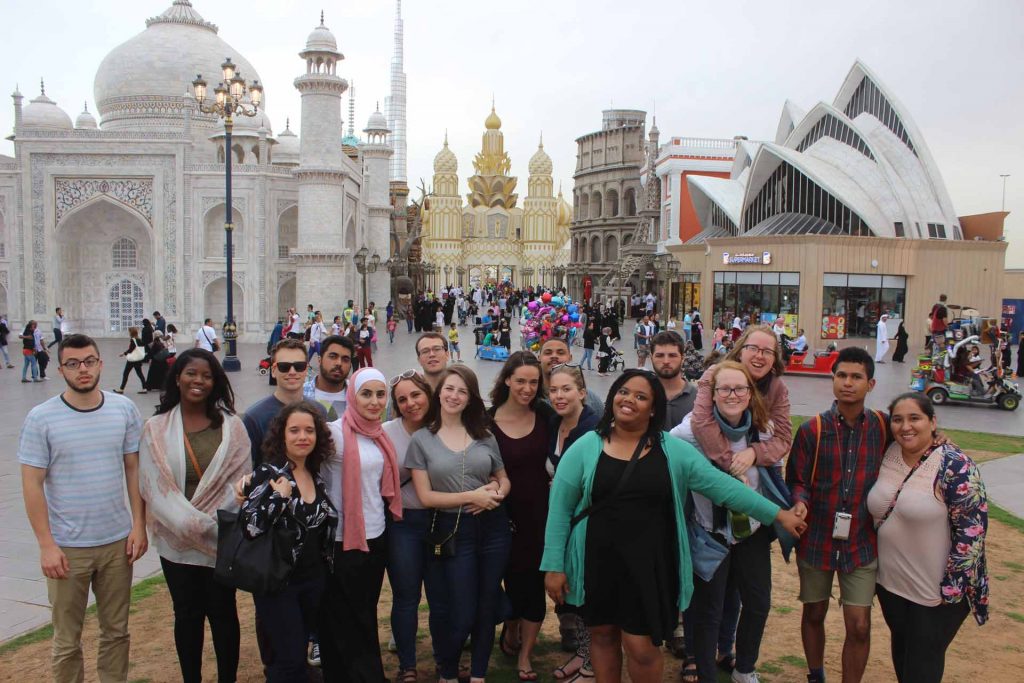New website tool expands students’ access to diversity
January 12th, 2018 | SIT Study Abroad

From the Contact a Former Student page on the SIT Study Abroad website, students may now click on “Alumni Experience” to filter mentors according to 19 categories. For example, if a student chooses to filter according to “Health,” 21 thumbnail profiles appear showing each alum’s name, program, school, major, and experiences that person is willing to discuss.
The new resource is part of SIT’s ongoing effort to make study abroad accessible to a wide range of students. SIT is also developing an interactive map that will list available resources related to program sites.
“Because we are trying to recruit a diverse range of students, we want to be able to provide resources so that every student can have a successful study abroad experience,” said Eric Wirth, associate dean for admissions. Wirth worked with SIT’s former chief diversity officer, Michelle Cromwell, and SIT’s IT developers to develop and implement the new resources.
Cromwell, who is now associate vice president for inclusive excellence at Regis College, focused her work at SIT on creating a “21st century definition of diversity and inclusion.” She introduced concepts developed by diversity and inclusion consultant and author Edward Hubbard to expand definitions, which typically address race and gender identity, to also include people with different learning styles, first-generation students, students with children, different world views, ability and disability, dietary preferences and restrictions, and more.
SIT offers more than 80 semester and summer programs in some 30 countries, many of them outside the traditional study abroad geographies and focus areas. The programs are immersive and experiential and include opportunities for independent research and local internships. Students may live with local families—including Mongolian herders or rural Cameroonian farmers—and may have intensive exposure to languages such as Kiswahili, Quichua, or Wolof.
Many alumni describe the experiences as life changing. However, the intense nature of the study, sometimes in remote locations or developing countries, may represent the first time students have had such an experience.
“You’re in a foreign environment. You might be from an urban area and you’re going to a rural environment, or vice versa. And you’re bringing all these different aspects of how you define yourself and who you are,” said Wirth. “These new resources give students an opportunity to think about themselves and what they’re bringing to that new environment, and how they might want to approach it.”
In broadening the thinking around diversity and inclusion, Cromwell said students not only begin to consider whether a particular study abroad program is right for them, they also begin to think about characteristics such as learning styles that might not have previously factored into their decision-making. And that way of thinking, she noted, is applicable beyond the study abroad experience.
